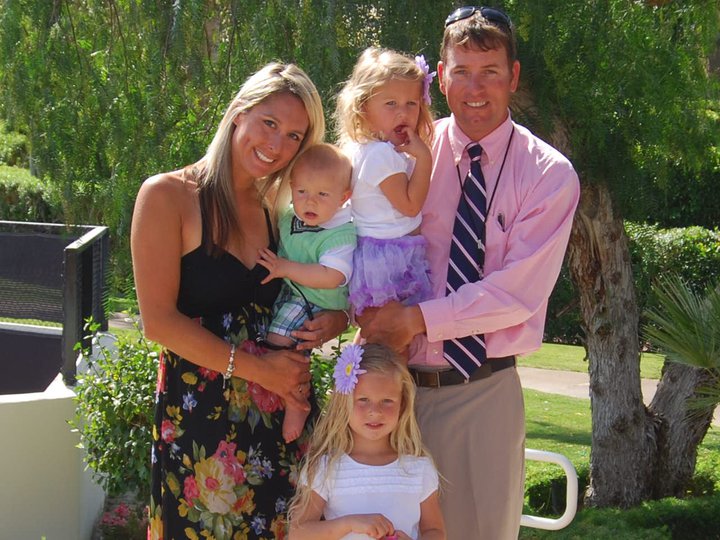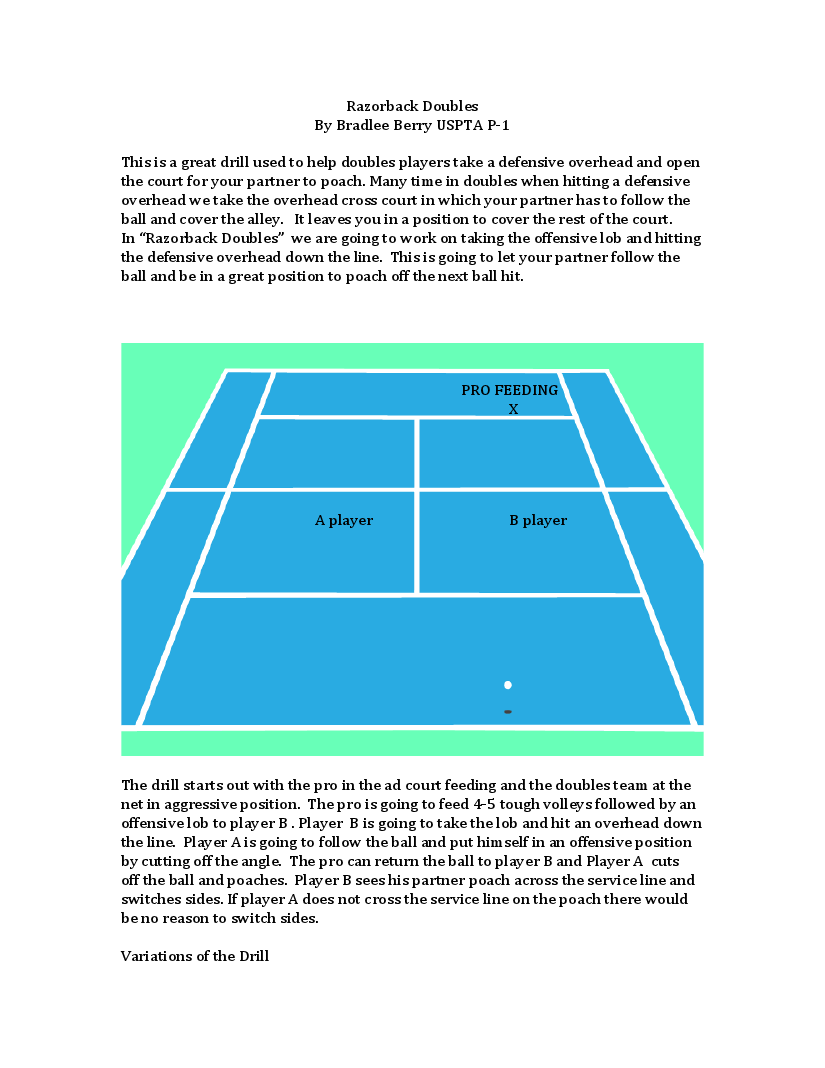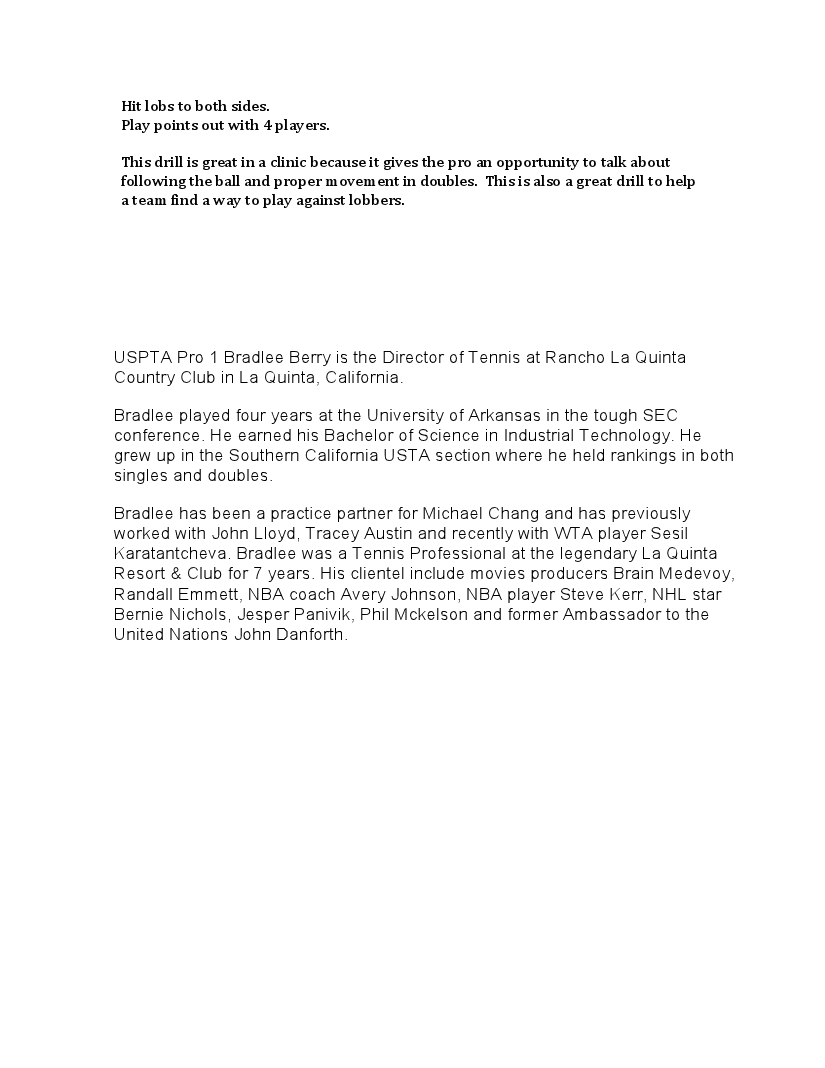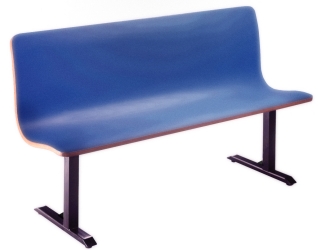Practice Awkward Shots
 Tuesday, January 31, 2012 at 01:22AM
Tuesday, January 31, 2012 at 01:22AM  CAtennis
CAtennis  In general, professional men are far more skilled on the court than professional women. No situation seems too foreign and the racket skills are impeccable when called upon to get themselves out of a jam. Hitting awkward shots from obscure positions in the court is a very real skill. There can be a wide variety of factors for this, obviously the athleticism and testosterone necessary to propel a unique combination of strength and uncanniness to work together in these rare situations. But why is it that some players are better at it than others? Henine, Schiavone, Niculescu for modern day women. Almost all the men have a high proficiency of caginess, but most notably uncanny are Dolgopolov, Santoro, Tomic, Federer, Djokovic to name a few.
In general, professional men are far more skilled on the court than professional women. No situation seems too foreign and the racket skills are impeccable when called upon to get themselves out of a jam. Hitting awkward shots from obscure positions in the court is a very real skill. There can be a wide variety of factors for this, obviously the athleticism and testosterone necessary to propel a unique combination of strength and uncanniness to work together in these rare situations. But why is it that some players are better at it than others? Henine, Schiavone, Niculescu for modern day women. Almost all the men have a high proficiency of caginess, but most notably uncanny are Dolgopolov, Santoro, Tomic, Federer, Djokovic to name a few.
If some women can do it, but almost all men are cagey with their racket skills- why is that? One conclusion is men simply practice awkward shots more than women. Men love to play mini-tennis, practice on the wall, try goofy shots, slice on purpose, try tweeners, dropshots, high backhand volleys, topspin dive volleys, the list goes on. Dirk Notitzki, the German NBA superstar who led his Dallas Mavericks to the NBA Championship last year adamantly practices weird shots- he makes a point of it.
"Nowitzki's unusual talent is a rare marriage of athleticism, improvisation and height. His personal shooting coach, Holger Geschwindner, said last week that Nowitzki has had the ability to shoot from one leg since he was 16. Nowitzki practices the shots at least twice a day: once at the end of practice, where teammate Corey Brewer sees Nowitzki go through a whole routine of spin moves and simulated awkwardness, and again around 7 p.m. when teammate Brian Cardinal says he has seen Nowitzki practice an array of wacky shots in every spot on the court." -Wall Street Journal
From a young age, practice being different. Time is on your side. Certain coaches can be very limiting in creativity in style, almost being too vanilla and dogmatic. Sure their is always a place for consistency and discipline, but balance that with creative skills- all areas of the court. Here is a list of some shots to practice:
- Touch volleys off any type of passing shot
- High backhand volleys (angle cc and slow or down-the-line controlled)
- Slice on the run dink pass
- Severe defense lob to the moon
- Kick serves from doubles alley on ad
- Slice serves from doubles alley on deuce
- Tweeners
- Learn to sell the dropshot by changing grip mid-swing
- Learn to sell the dropshot by moving forward as if approaching
- Slice forehands
- Block forehands
- Volleying from no-mans land
- Volleying between your legs
- Serving underhand with sideways slice
- Using different grips to hit forehands
- Using different grips to hit serves
- Using different grips to hit different types of slices and dropshots
- Hitting balls from 15 ft behind baseline
- Hitting balls from the doubles alley
- Screw CCs, can you hit down-the-line off tough balls controlled
- Slice inside-out spin DTL
- Changing speeds and heights of ball, switching gears from shot to shot
There are an endless amount of awkward shots to be practiced, so what are you waiting for? Go make your practices fun and beneficial- but remember, the ball always has to go in the court at the end of the day. Put in that time.







